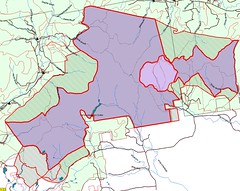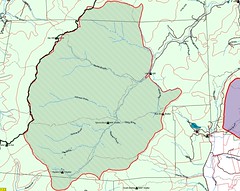sleeping bear
New member
RoySwkr said:Unfortunately I have come to believe that most "people" prefer even more stringent Wilderness rules, because most people never visit Wilderness and don't care what hikers like. I am not talking about only extreme environmentalists but also typical urban dwellers who are easy to sell on the concept of a preserve where plants and animals aren't disturbed.
Well, that's an assumption-
Many "people" think that a true wilderness is a waste of precious resources (ANWR?), or that all land should be accessible to everyone.
Additionally, many "hikers" (myself included) think that true wilderness is a great thing, and may prefer it to more developed areas.
I was an intern for the Forest Service in MI, there were two wilderness areas in that forest, one that was heavily used and the other not. The heavily used one was getting so bad they were going to impliment a permit system. Use was more or less discouraged in the other, as it lacked trails and was one of the few places in that area that people really didn't go to.
The governmental agencies that are responsible for maintaining our public lands catch a lot of crap for trying to do their jobs- maintaining our public lands. It's public, everyone's, think about the range of opinions on what to do with it.
Why can't we have a little where there is nothing?
It balances all of the land that is jam packed with other stuff. The idea of perserving wilderness was brought about by urban areas.


